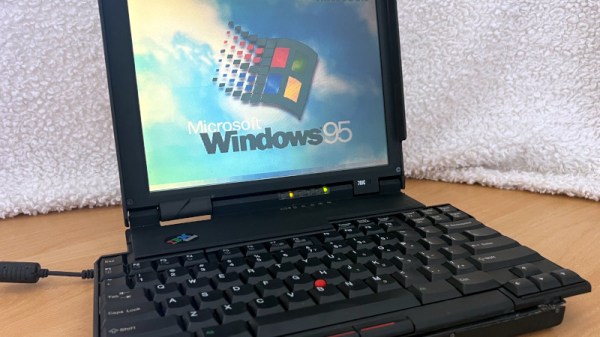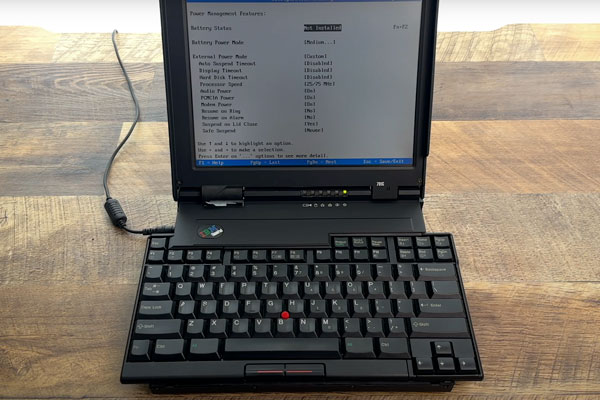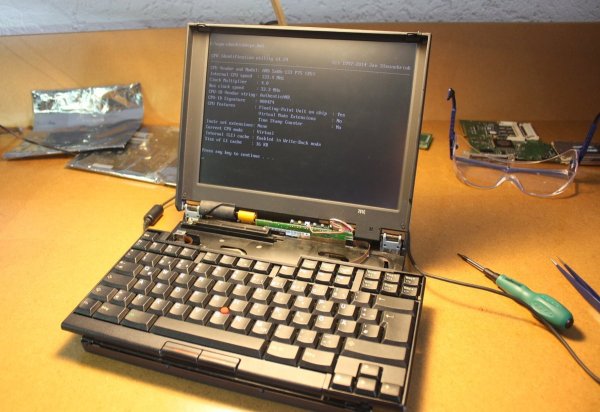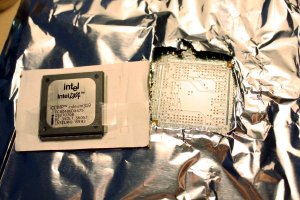Even among ThinkPads, which are nearly universally loved by hardware hackers and Linux tinkerers alike, the 701c is a particularly rare and desirable machine. Best known for it’s “butterfly” slide out keyboard, the IBM-designed subnotebook from the mid-1990s has gained a following all its own, with active efforts to repair and restore any surviving specimens still out in the wild.
[polymatt] has already taken on a number of 701c restoration projects, but the recent release of a 3D printable case for the vintage laptop is arguably the most impressive to date. After spending an untold number of hours with an original case and a pair of calipers, the final design has been released under the Creative Commons Attribution-NonCommercial license — in other words, you’re free to print one to spruce up your 701c, but don’t run off a stack of them and start trying to move them on Etsy.
Continue reading “Printing A Replacement Case For The ThinkPad 701c”






 The first step was determining which AMD processor variant to use. It turns out that only a few models of AMD’s chips were pin compatible with the 208 pin Small Quad Flat Pack (SQFP) footprint on the 701c’s motherboard. [Noq2] was able to get one from an old Evergreen 486 upgrade module on everyone’s favorite auction site. He carefully de-soldered the AM-5×86 from the module, and the Intel DX4 from the 701c. A bit of soldering later, and the brain transplant was complete.
The first step was determining which AMD processor variant to use. It turns out that only a few models of AMD’s chips were pin compatible with the 208 pin Small Quad Flat Pack (SQFP) footprint on the 701c’s motherboard. [Noq2] was able to get one from an old Evergreen 486 upgrade module on everyone’s favorite auction site. He carefully de-soldered the AM-5×86 from the module, and the Intel DX4 from the 701c. A bit of soldering later, and the brain transplant was complete.









